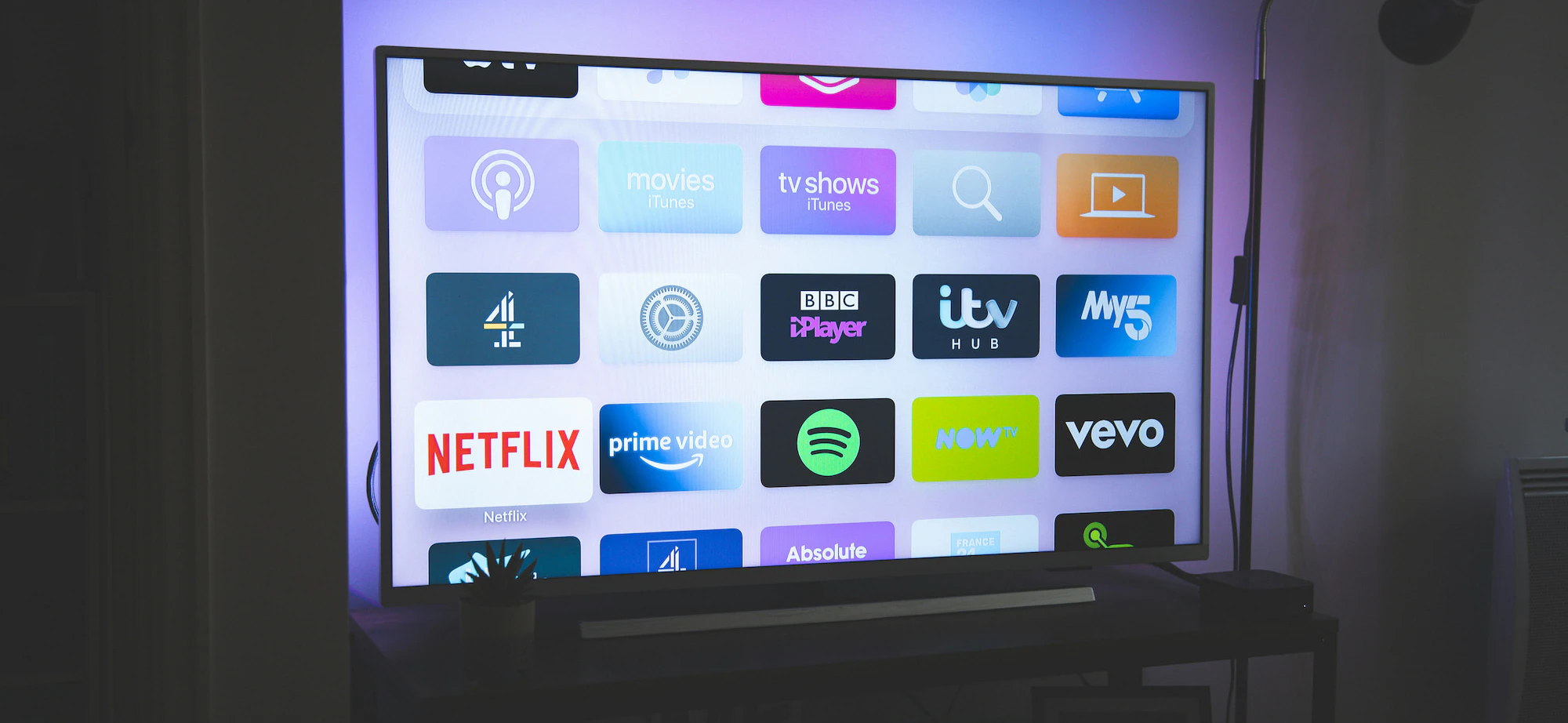Insights2nd Jan 2024
YouTube vs Netflix: The battle for connected TV viewers
Prediction 1 - This year YouTube will leapfrog Netflix on the big screen at home
The battle for the big screen will see a changing of the guard this year as YouTube hours on TV leapfrog Netflix.
While Commercial TV and the BBC will continue to dominate, with over 60% of all TV viewing, competition for the third spot is hotting up.
BARB data reveals that hours spent with YouTube on TV grew 32% last year, while Netflix hours plateaued at +0.4%. If this rate continues, we will see them swap places, in terms of average daily viewing, in December 2024.
Several forces are driving this ascendency.
Firstly, access.
The proportion of Google/Android connected TV sets will continue to grow in the UK – having added over 10% market share in 3 years – putting the YouTube app and recommended videos front and centre of 35% of UK homes.
Secondly, cost of living.
The shadow of the current economic crisis will continue to loom large over consumers, with more viewers opting for cheaper ad-funded viewing experiences. With the average cost of a VOD subscription set to be over 18% higher than a year ago, 2024 could see Netflix’s subscriber-base drop to 5% points below its 2022 peak.
Thirdly, consumption.
YouTube has something for everyone. Kids love watching gaming videos, while adults enjoy a variety of shows, from how-to guides to entertainment. It is no wonder that YouTube is bringing back the 30-second unskippable advertising spot for TV buys.
So, what does this mean for advertisers?
As Lindsey Clay, the CEO of Thinkbox famously said in 2018, “TV is not dead, it’s having babies”. These babies are growing up fast, and therefore, integrating them into a OneAV plan has never been more important. At EssenceMediacom, we use a proprietary AVR formula, alongside econometric data, to balance all broadcast AV channels, formats and placements to create a level playing field.
Consumption does not necessarily equate to effectiveness, however, and just because YouTube TV screen time will grow doesn’t mean impact will also grow. When it comes to effectiveness, channels like commercial TV and Broadcaster VOD are considerably more powerful than YouTube; +83% and +60% more respectively, based on GroupM combined ROI benchmarks.
In addition, a large part of the growth of hours is likely to be driven by younger viewing, with the YouTube Select buy already including Minecraft and Roblox videos – both platforms having under-16 user profiles of 60% and 67% respectively. Brand suitability and age gating will remain a concern.
2024 will see TV and its babies continue to grow, but only growth in effectiveness for advertisers is what matters above all else.
